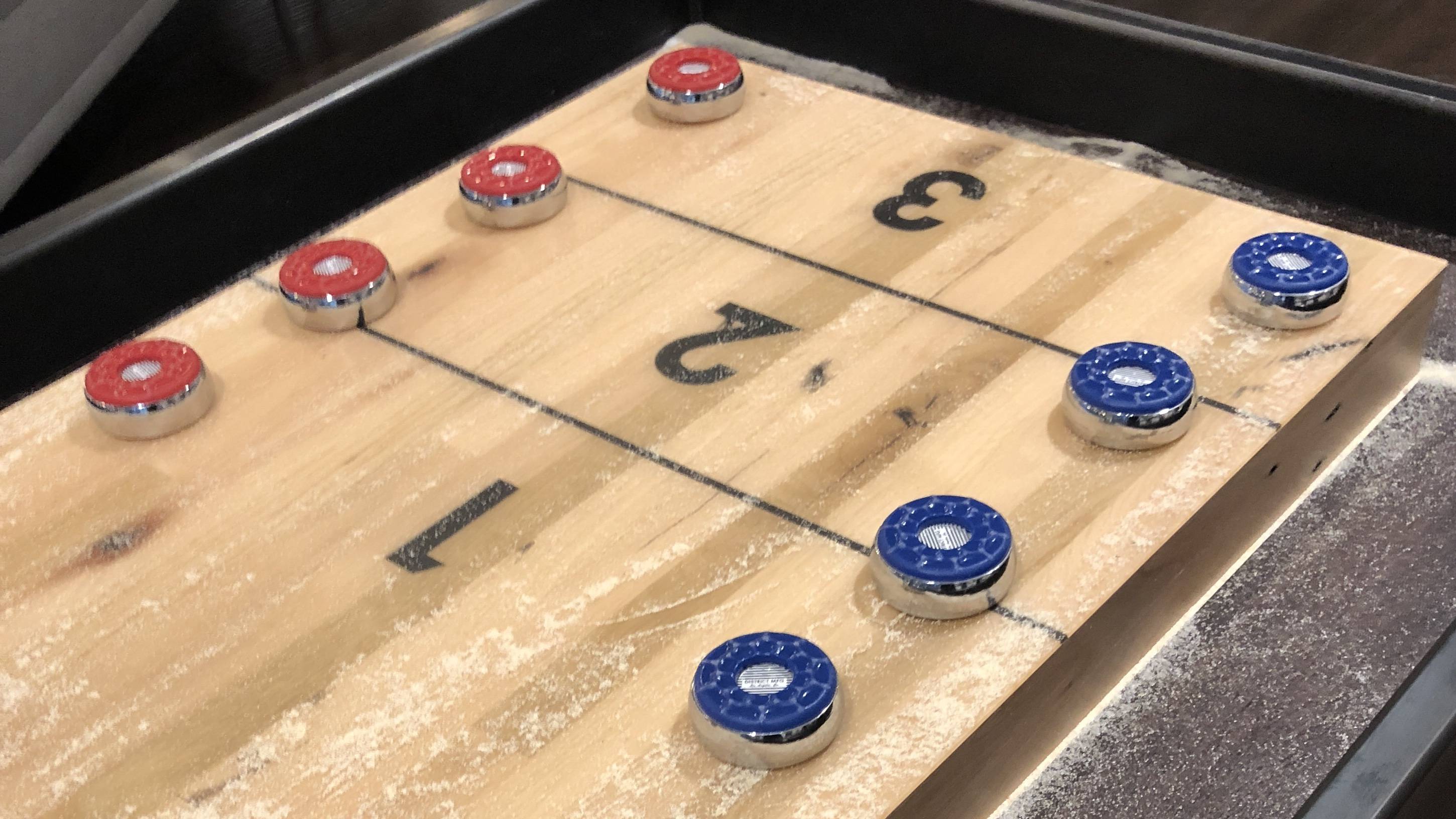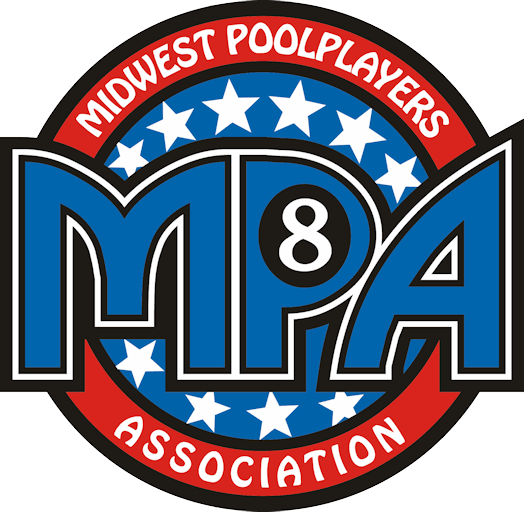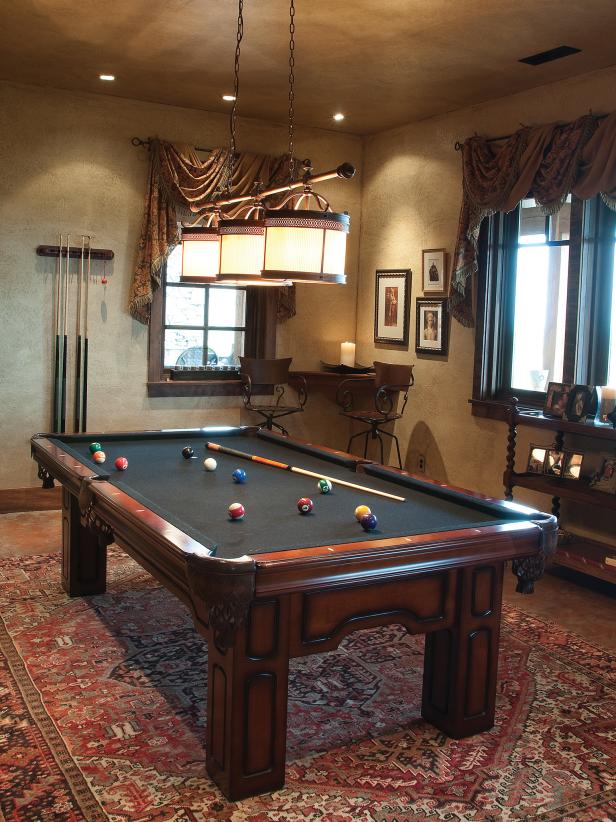
Billiards requires skill-based players to hit the cue ball at an exact angle. This allows for the cue ball's speed to be controlled and to spin at a precise angle. However, a lot of players shoot their shots haphazardly without any regard for the angle. A good way to start is to spend some time studying the positions you can hit cue balls in to get a sense of where you should be hitting them.
To get a solid grasp of the game, the most important thing is to understand all the angles you can target. Practice the different angles and how they affect the game can help you avoid making costly mistakes. It is a good idea to spend some time learning the angles and the techniques to get better shots.

The best way to determine your angles is to keep a notepad and pen nearby. Each time you hit the cueball, think about the implications for the rest. It is also a good idea to have a plan for every shot. For example, if you want to draw back the cue ball, you will need to hit it just above its center, which is the best place to hit it. Don't forget to follow through.
You can also play a few games to get an idea of how the cue ball feels. Play pool online is an option. The web version allows you to place the cueball and tap the left mouse button. Once you feel confident with this game, you will be able to play real pool.
It is difficult to achieve the correct cue ball angle. It takes some trial and errors, but it is possible. Be patient and take your time when hitting the ball. Also, be sure to follow through with your shot. You will have a slim chance of getting a shot that goes well.
When it comes to hitting the cue ball, there are some other factors to consider. Although there is no magic number for where to hit the cue ball, it is worth considering the areas that have the least interference from other players. You will also need to speak the right English to achieve the best results.

A tangent line is a natural line that the cue ball will follow after impact. A good tangent lines should start at the cueball's center and go perpendicularly with the cue balls direction. A tangent is particularly useful when the cue ball rolls. The speed of the cue ball can also play a role in determining the direction the tangent line will go.